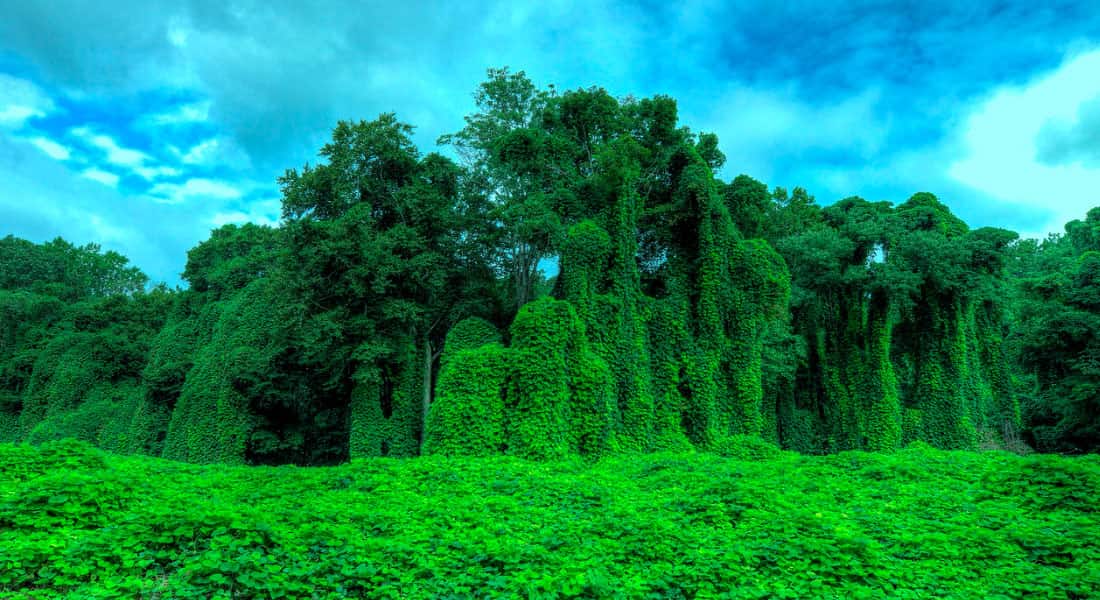On the shores of Lake Erie in the small community of Kingsville, just west of Leamington, Ontario, there is a patch of kudzu vine that has attracted enormous attention and more than a little hyperbole. Ecologist Gerald Waldron discovered the patch in July. First introduced into the US from Japan in 1876, Kudzu is a highly invasive vine, able to grow a foot a day and up to 60 feet in one season – in the right conditions.
- A plant that cannot be destroyed
- The mystery of a noxious weed
- Panic in the agricultural community
- What about air and soil pollution?
- Expert Opinion
- Lonicera japonica – another plant killer
- Survival probability of rust pathogens
- Not entirely evil
- Conclusion
A plant that cannot be destroyed
During the depression, Kudzu was planted in the southern states to prevent soil erosion. Because of the climate, it grew at a rapid rate, resulting in millions of acres of farmland and forests being smothered and ultimately becoming worthless. It is such an aggressive plant that once it takes hold, it can smother and eliminate native plant species. The roots of Kudzu can reach 12 feet deep, producing tens of thousands of plants per acre. The plant multiplies by rooting runners coming from nodes and crowns and, rarely, by seed.
Only a few viable seeds are produced, but they can remain dormant for years and then the plant can reappear in sites where the original plant was destroyed. It is extremely difficult to eradicate Kudzu once it has become established, taking up to 10 years to kill one of these vines. While winter frosts may kill off the above ground growth, the tenacious root crowns of this perennial survive to send up new growth the following year.
In the American south, Kudzu has rambled over trees, hydro poles, abandoned houses and anything else in its path. Nicknamed “the vine that ate the south” and “mile-a-minute vine”, it has spread and can now be found as far north as Illinois and Ohio.
The mystery of a noxious weed
There is some claim being made that its arrival in Ontario is a mystery. The speculation is that it may have simply floated across the lake from Ohio.
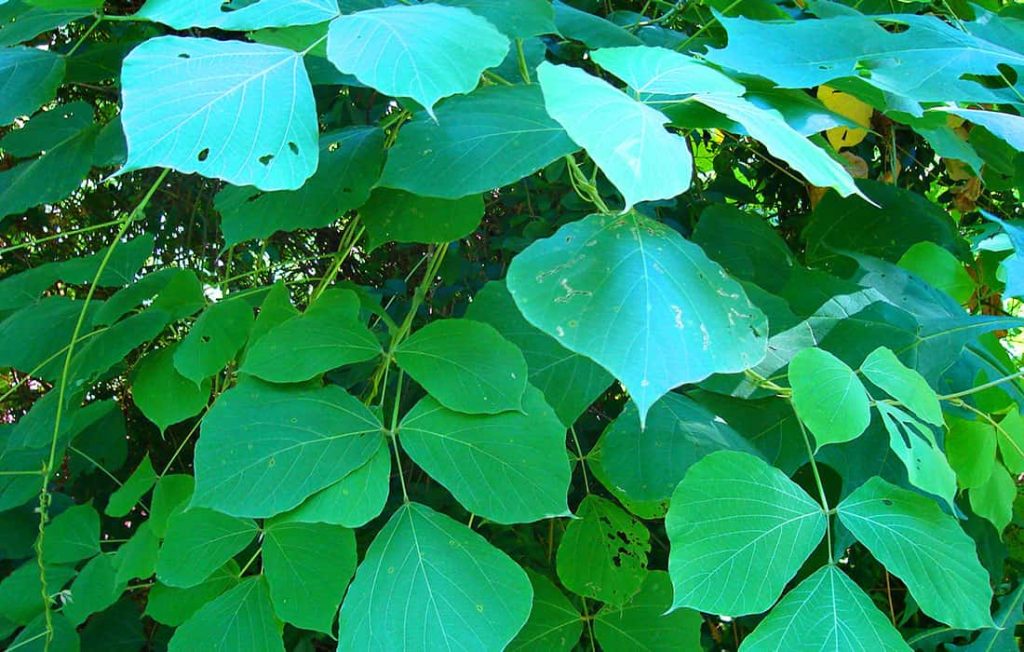
However, it is just as possible that it was deliberately introduced. Rachel Gagnon, co-coordinator of the Ontario Invasive Plant Council, told me that a gene study might determine the origin of the Kingsville Kudzu patch. “They will be looking to see if the plant originated from Ohio and if it did possibly float across the lake”. However, John Adams, the Mayor of Leamington, advised me that it is his understanding that the Kudzu was actually planted by the homeowner to protect the shoreline.
Declared a noxious weed in the US in 1998, so far, there is no such designation in Canada. Brent Ross, the spokesperson for OMAFRA, stated that “It is premature for OMAFRA to declare Kudzu a noxious weed in Ontario”. So, for the foreseeable future, Kudzu remains a legal plant in Ontario.
Brent confirmed that they are working with researchers at U of T to determine the origin of the Kudzu in Kingsville, but there is no guarantee that the source will be identified. OMAFRA is also working with the Ministry of the Environment, the Ministry of Natural Resources and other stakeholders to determine what they want to do about this small patch of Kudzu.

As this patch of Kudzu is legal and on private property, it may prove difficult for a provincial authority to do anything at all other than continue to monitor the patch and be alert to any spread beyond the current location.
According to Brent, “This patch is not much of a threat. The rampant growth associated with Kudzu only occurs in ideal growing conditions such as those in the southern US, so Kudzu will not become the plant that eats Ontario”.
Panic in the agricultural community
However, the presence of Kudzu (Pueraria lobata, or P. thunbergianaKudzu), in an agricultural community can cause devastating damage to crops. Known to carry the soybean rust fungus, Kudzu poses an alarming threat to soybean growers.
First discovered in the US in 2004, rust is caused by a fungal plant pathogen known in Asia for more than 100 years. Potential crop losses depend on whether or not the pathogen can survive in our Canadian winters in sufficient amounts. Kudzu leaves can be highly susceptible to soybean rust, so the danger is that it could act as an overwintering host for the disease.
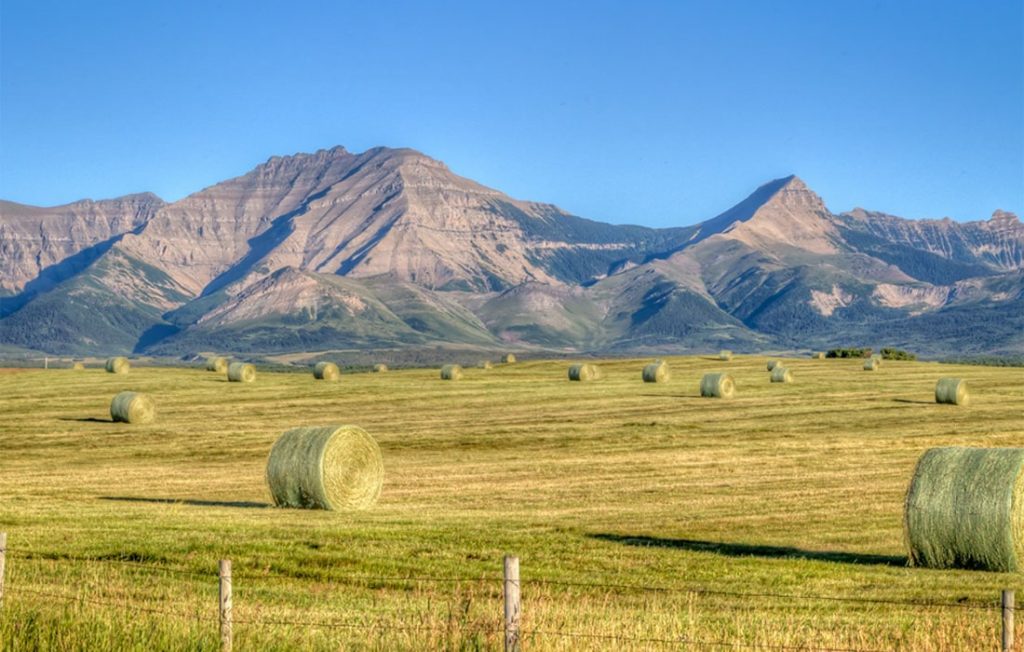
Brent Ross said: “Hurricane Ivan brought the soy rust pathogen to the US in 2004. In 2007 there was a small outbreak in Ontario, but it has not been seen in Ontario since then. There is no indication of Soybean Rust in the Leamington patch, but samples are being tested, and the results are expected next week. Even so, it would be too late to affect the soybean crop this year, and the pathogen, which only affects the leaves of Kudzu, will not survive our winter climate. When the temperature reaches -2 Celsius, it is gone”.
What about air and soil pollution?
Other than rampant growth, another negative aspect of Kudzu is concern by researchers that it produces two key ingredients of ozone. Its leaves emit isoprene into the air, and its roots convert atmospheric nitrogen into ammonium. This can leach into the soil, where it is converted by bacteria into nitric oxide. In the presence of sunlight, isoprene and nitric oxide combine to make ozone. There are many plants that do contribute to ozone pollution, but it is claimed that Kudzu may produce larger quantities more rapidly.
This is just as destructive to the atmosphere as significant carbon emissions into the air. And eventually, it leads to global warming, which affects the entire ecosystem of our planet. As a rule, it’s not the flora but the industry that is directly involved in this. That is why many companies today are acquiring Carbon Neutral status. In this way, they want to make a statement about how important it is to take a responsible approach to the global climate. Now scientists have to solve the issue of air and soil pollution by kudzu plants.
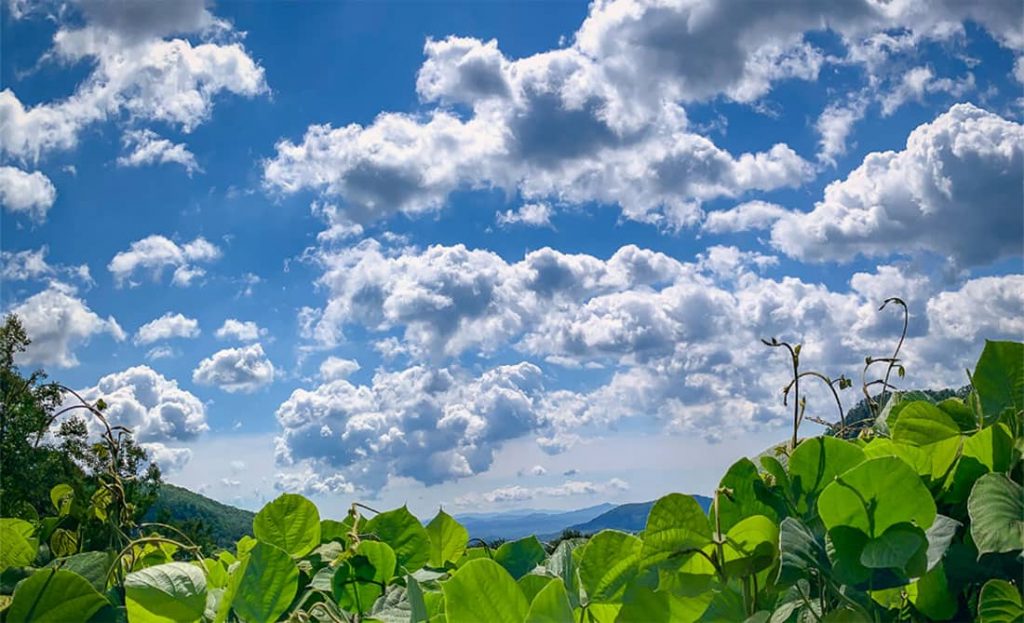
“Jonathan Hickman of the State University of New York at Stony Brook and Manuel Lerdau of the University of Virginia in Charlottesville studied patches of forest and meadow in Georgia and Maryland. They compared nitrogen levels in leaf litter and soil in areas Kudzu had invaded with those where it was left absent. Kudzu leaf litter was found to contain nearly twice the amount of nitrogen as litter from native tree species. “In effect, the plant is fertilizing the ecosystem,” says Lerdau, who fears the excess nitrogen will make it easier for other fast-growing invading plants to take over.
When rains come, the excess nutrient would also be washed into rivers, causing algal blooms that deplete waters of oxygen and lead to the death of fish. As soil levels of nitrogen rise, so too will emissions of NO and N2O. NO readily converts to NO2 in the atmosphere, and so could lead to spikes in low-level ozone. Hickman’s initial findings show that NO fluxes from the soil in invaded areas are twice those from uninvaded patches.
“Kudzu is a little ozone factory,” Lerdau said.
Researchers are still unsure just how extensive this atmospheric pollution will be, but Thomas Sharkey, a botanist at the University of Wisconsin-Madison, believes there is a danger to human health. “Childhood asthma is at an all-time high,” he notes. Hickman has also found that Kudzu causes small increases in emissions of N2O, which is 300 times more potent greenhouse gas than carbon dioxide.”


Expert Opinion
Graduate PhD Student Heather Coiner specializes in Kudzu and works with Professor Rowan Sage at the University of Toronto. Her own project studies the physiological limits of Kudzu.
Heather told me that her studies indicate that “The optimum temperature range for Kudzu would be in the upper 20 to low 30 degree Celsius range. While 2 days of temperatures at 10 to 15 degrees Celsius will stop stem elongation, the plant does recover quickly at the higher temperatures. Northern sites, at this time, appear to be smaller and less invasive, but the expansion of invasive plants from warmer regions can be viewed as indicators that climate warming is occurring.”
From her observation of pictures of the kudzu patch in Leamington, Heather believes it has likely been established for about 10 years. She will know more about this specific patch after she visits it herself.
She believes that there is no need to panic but states: “We do need to take action to eliminate kudzu entirely. While it may not be a problem now, it will be in the future”. As to the potential use of Kudzu as a biofuel: “The results of a study last year are clear in stating that it can be used as a biofuel as part of the eradication process, the benefit being that it pays for its own eradication”.
Her concern regarding Soybean Rust is that on an infected plant, while the leaves certainly die off in the winter, they tend to fall beneath the vines and, covered with snow, they may retain enough warmth to harbour the pathogen.
Lonicera japonica – another plant killer
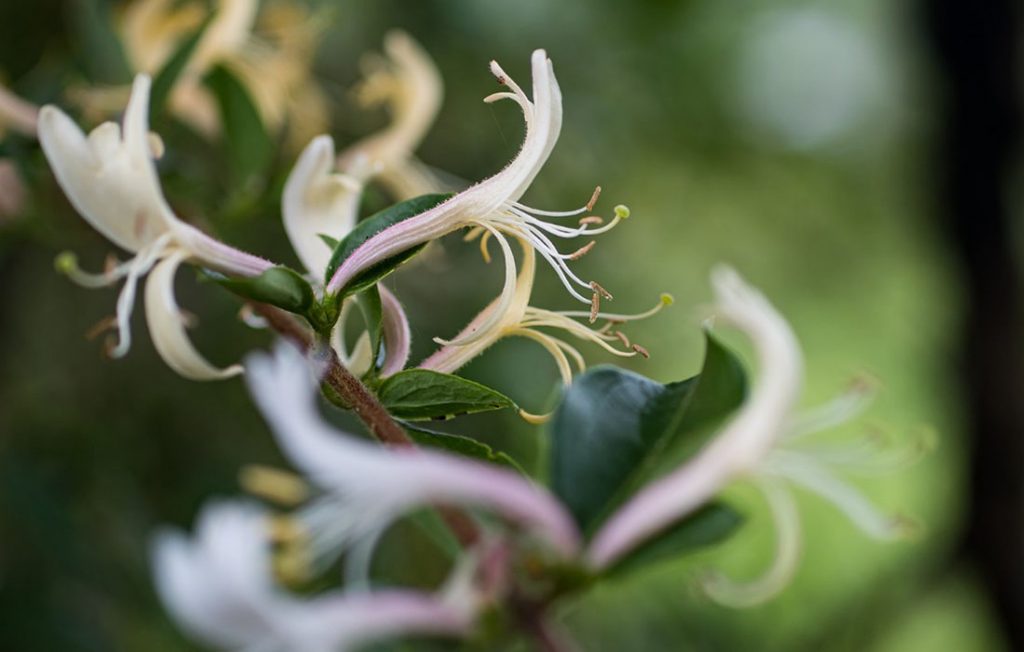
Heather went further in regard to invasive species by also mentioning Japanese Honeysuckle (Lonicera japonica). This is a vine that was introduced as an ornamental in the US in the early 1800s. It is quite common in Toronto gardens and, no doubt, in other locations in Ontario. It, too, is a rampant grower that colonizes the shady understory where Kudzu cannot grow. In some regions, the plant retains its leaves throughout the winter, giving it an added advantage over native species. In the US, the two plants are often found together, with the honeysuckle in the shade and Kudzu in the sun.
In North America, Japanese honeysuckle has few natural enemies. Native shrubs and young trees can be killed when vines twist tightly around stems and trunks, cutting off the flow of water through the plant. Dense growths of honeysuckle can gradually kill plants by blocking sunlight from reaching their leaves. It spreads by root growth and seed dispersal.
Heather said: “In a 1990 paper on Kudzu and Japanese honeysuckle, it is stated that the ranges of these plants will expand with global warming. Their presence in the Northern US and Ontario is good evidence that temperatures are getting warmer”.
Survival probability of rust pathogens
Albert Tenuta, the Field Crop Plant Pathologist with the Ontario Ministry of Agriculture Food and Rural Affairs based at the University of Guelph, Ridgetown Campus, was generous in providing a great deal of information about the soybean rust pathogen and the studies that are being done in regard to Kudzu. He indicated that the landowner where the Kudzu is located has been very cooperative and supportive of the efforts underway to find out everything possible about the physiology of this particular patch of Kudzu.

Samples have been sent to Dr. Sarah Hambleton, a rust mycologist with Agriculture and Ag Food Canada in Ottawa, and there are many stakeholders who are eagerly awaiting her analysis.
Albert advised that the rust pathogens require a living host to survive. In southern Ontario, it is highly unlikely that we would have a continual snowcover that would actually allow the pathogen to survive. In other sites in northern US states, the pathogen has not been overwintered. Unfortunately, the rust pathogen that was originally carried on wind currents from South America to the southern US is building up more and more every year. There are continual air and rain samples taken here that are analyzed for rust spores.
Albert said that “The Ministry is as pro-active as possible in regard to new threats to Ontario agriculture. The discovery of this patch of Kudzu in Kingsville is a great opportunity to learn as much as possible about Kudzu and whether this particular strain is more resistant or more susceptible to hosting the rust spores.”
Samples of the Kingsville kudzu will also be sent to Albert’s colleagues in the southern US as part of their ongoing monitoring and analysis of Kudzu throughout North America.
Not entirely evil
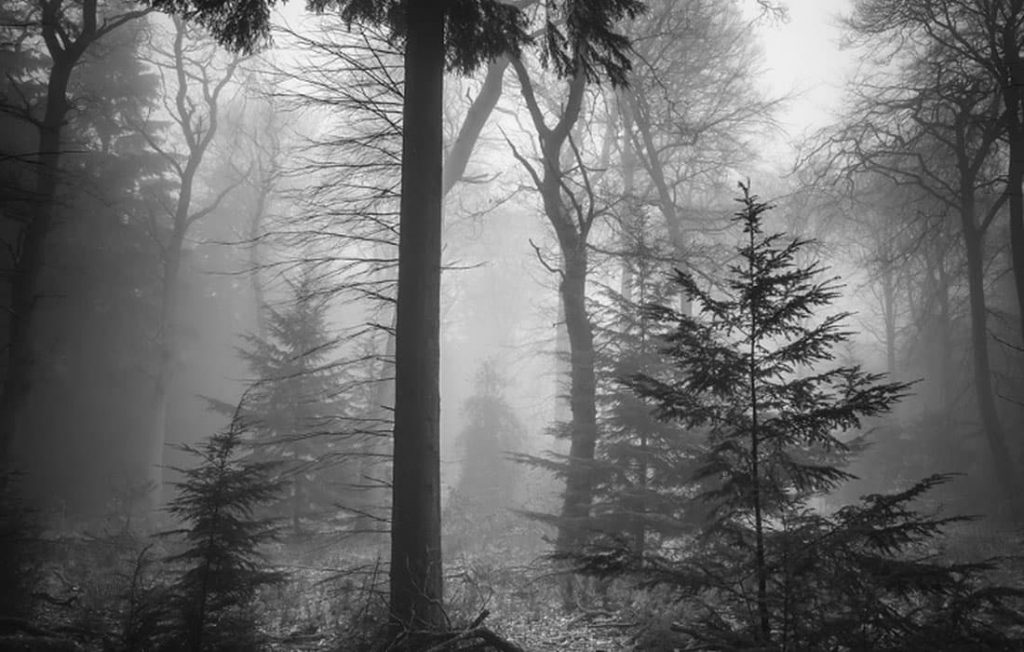
Not entirely evil, there are a number of beneficial uses for Kudzu, as well as Japanese Honeysuckle. As a member of the legume family, Kudzu does add nitrogen to the soil. The plant can also be used as fodder, but it is very difficult to harvest and bale. The vine can be used for basketry and paper and in food products, such as a thickener for gravy. Used in traditional Chinese medicine for a range of ailments, there is research being done at Harvard into the ability of properties in kudzu root to reduce alcohol craving. As for Japanese Honeysuckle, while it does ultimately destroy native trees, it also provides medicine and cover and food for birds, small mammals, and deer.
Conclusion
Kudzu is now quite difficult to find. While I did locate a source for Kudzu seeds on the internet, well-known herb nursery Richter’s of Goodwood, Ontario, has never carried the kudzu seeds or plants. This decision was made due to the invasive nature of the plant.
Harry Wyma, President of the Ridgetown Horticultural Society, says: “While the rapid growth aspect of Kudzu may be attractive to someone wanting speedy summer coverage of a new pergola, there are many other vines to choose from for the residential landscape. Plants for the home garden should only be acquired from plant nurseries or other recognized sources with consideration for the potential damage that invasive species can cause to native plants”.
The more you read about the invaders, though, the more you appreciate the enormity of the problem and perhaps the futility of the fight.
Albert Tenuta says, “It is an ever-developing, continuous battle with Mother nature when it comes to plants, insects and diseases. Things evolve. Things change. Nothing is static”.
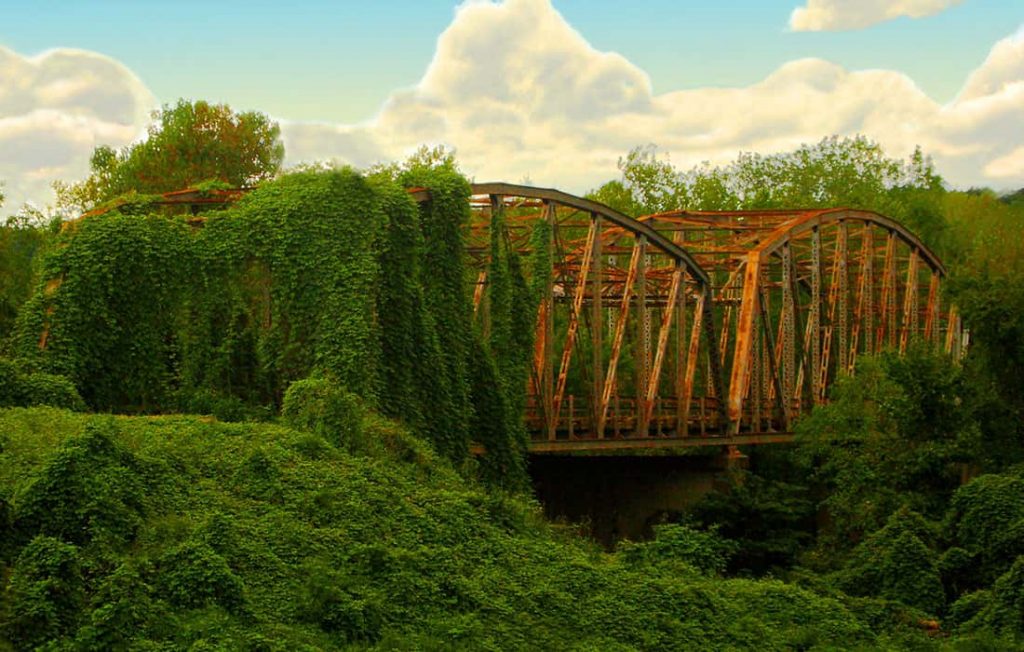
So, are we just putting a finger in the dike? Is this a battle that we can actually win? Do we have any idea of the real cost involved to keep invasive species out and control or destroy the hundreds that are already here, some for almost 200 years? Is change really bad, or is it just different? Can we adapt to a changing future, or should we spend whatever it takes to maintain the status quo or even more to go back to the past?
Whether or not the invasion of non-native species can be eliminated or contained and controlled in the short term, in the long run, it will be climate change that determines what plants, insects, animals and even what people ultimately survive.
